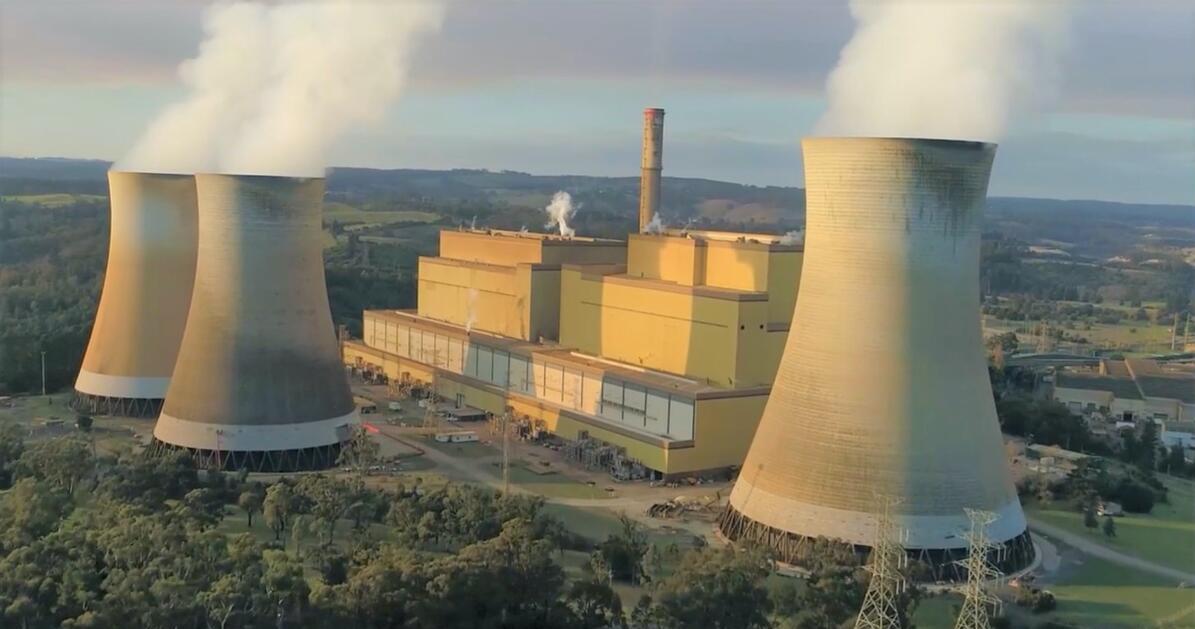The — Hornsdale Power Reserve — a major renewable energy project, has proven to be a resounding success, demonstrating humanity’s ability to transition to sustainable energy.
Six years ago, Elon Musk caught the public’s eye by offering, in a Twitter conversation with Australian tech tycoon Mike Cannon-Brookes, to have Tesla build a 100 MW lithium-ion battery system to support the Australian power grid.
Tesla will get the system installed and working 100 days from contract signature or it is free. That serious enough for you?
— Elon Musk (@elonmusk) March 10, 2017
” Tesla will get the system installed and working 100 days from contract signature or it is free. That serious enough for you? “ said the Tesla CEO.
Tesla’s successful completion of the project bolstered the government’s faith in sustainable energy solutions. Since then, Australia has made remarkable strides towards a greener energy system, with plans to decommission major coal-fired power stations, which generate half of the country’s electricity, by the mid-next decade. The government has also banned nuclear power and is phasing out gas-fired plants, focusing instead on solar, wind, and hydro power for its post-coal future.
In fact, this month, the 52 years old — Liddell Power Station — owned by AGL, is set to be decommissioned. This will be followed by the closure of the coal-fired — Eraring Power Station — owned by Origin Energy, in 2025. Moreover, Energy Australia recently announced plans to shut down the 47 years old — Yallourn Power Station — in 2028, four years ahead of the initial 2032 closure.
 Foto: Energy Australia, freepik
Foto: Energy Australia, freepik
Communities across Australia are already experiencing the effects of climate change, such as higher temperatures, heatwaves, droughts, and heavy rainfall. Many Australian cities, including Melbourne, Sydney, Adelaide, Canberra, and Hobart, have taken the initiative to adopt sustainable practices, demonstrating that local governments can drive significant change without relying on federal or state support.
Melbourne became the first Australian city to power all its council-operated infrastructure with 100% renewable energy. They achieved this through the Melbourne Renewable Energy Project, a large-scale partnership among local governments, universities, and corporations to collectively purchase renewable energy. This innovative approach has reduced the city’s overall emissions by 5% and serves as a model for other cities.
Sydney has set a target to reduce emissions by 70% by 2030 and is on track to achieve this goal six years early. In 2020, the city began operating entirely on green power, reducing its emissions by 20,000 tonnes per year. Sydney’s $60 million renewable energy program is the largest among Australian councils and is expected to save $500 million per year over the next decade.
Numerous new energy storage projects are underway, and you can learn about them by clicking on our ezcard below, which will take you to the relevant article.
The Hornsdale Power Reserve project’s success and the Australian government’s progress towards a greener energy system mark the beginning of a global shift towards sustainable energy. By adopting innovative solutions and embracing green initiatives, cities can significantly reduce their carbon footprint and inspire other communities around the world to follow suit.
In conclusion, the progress made by the Australian government towards sustainable energy is a promising sign for a brighter future. The decommissioning of coal-fired power plants such as Liddell, Eraring, and Yallourn is a significant step towards reducing carbon emissions and transitioning to renewable energy. There is no doubt that we can build a more sustainable future for ourselves and future generations.